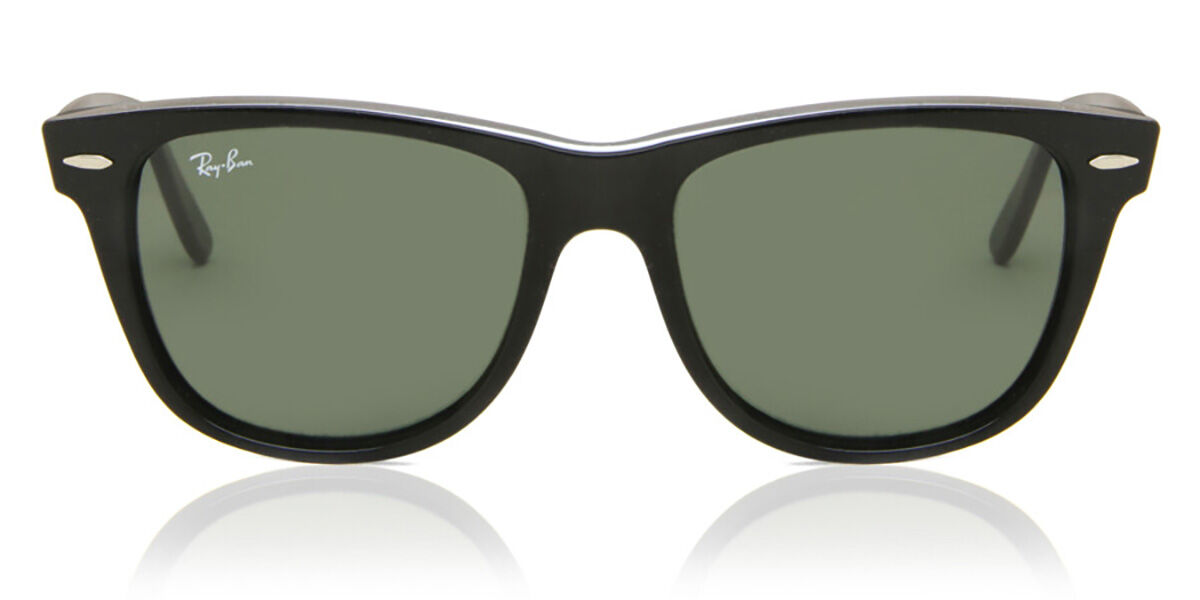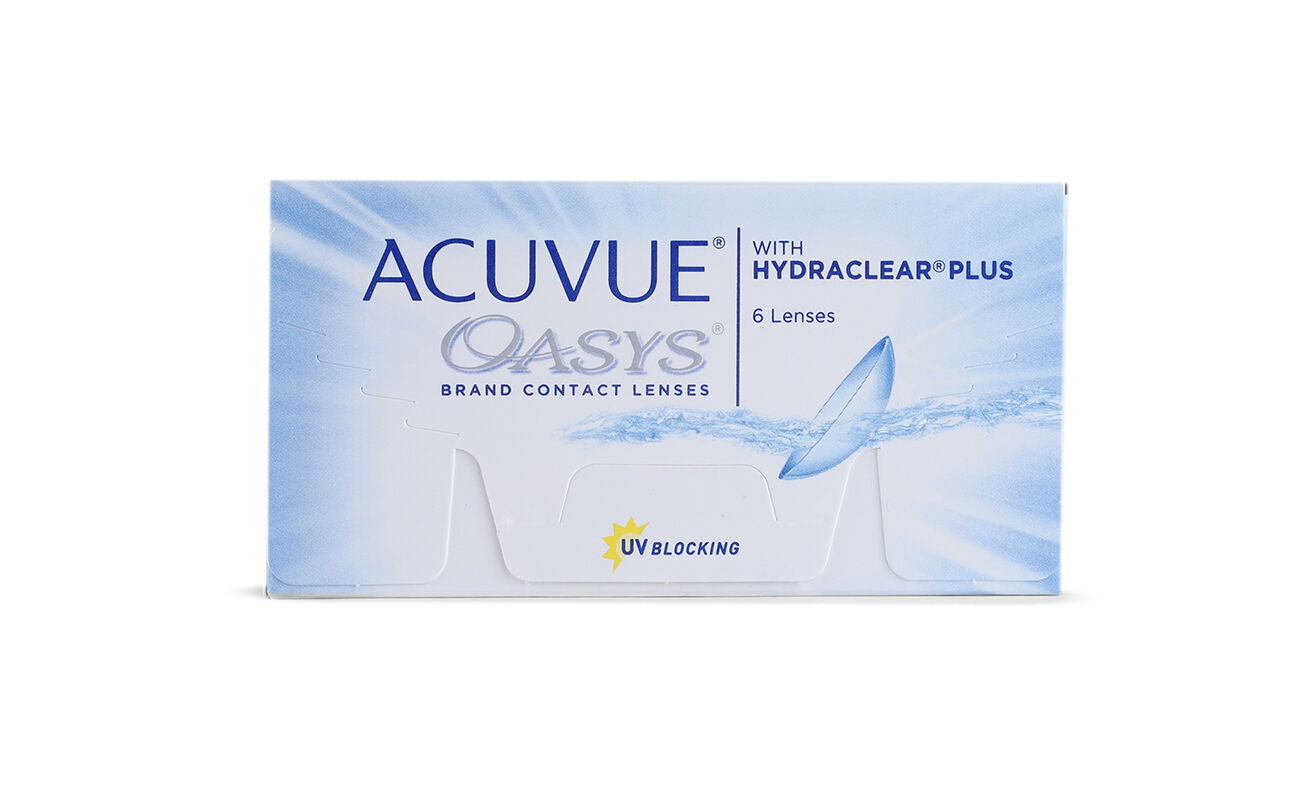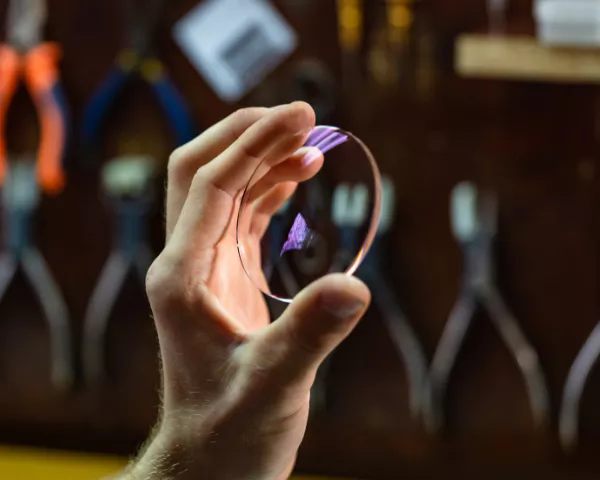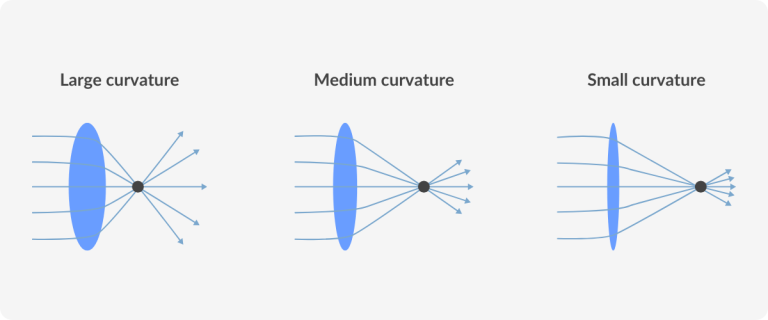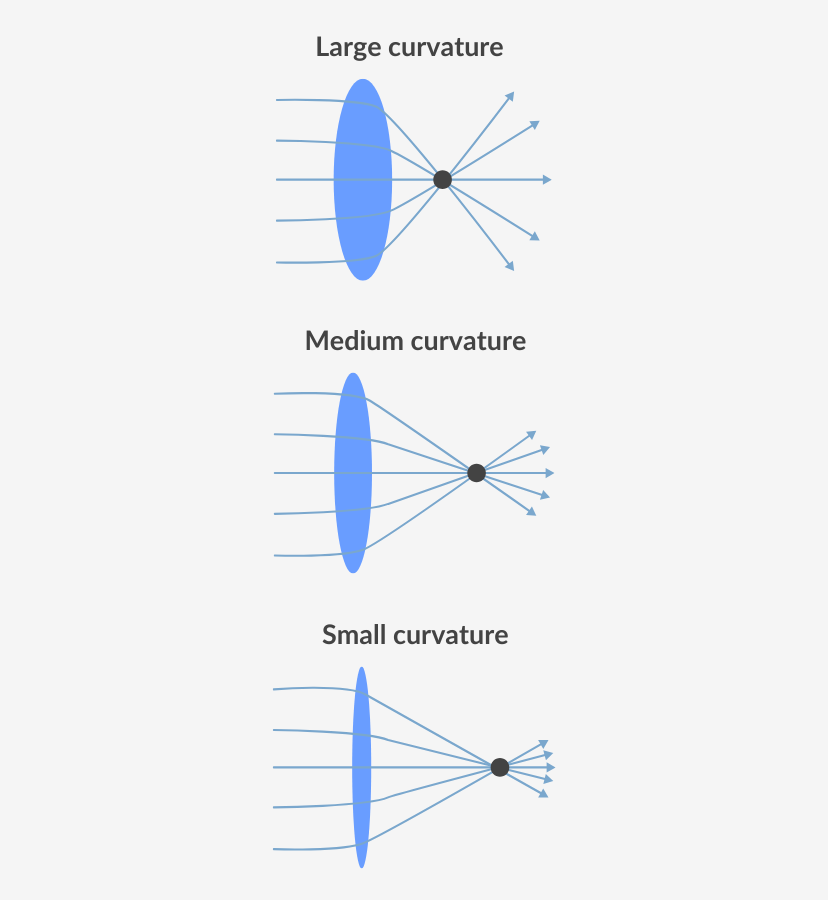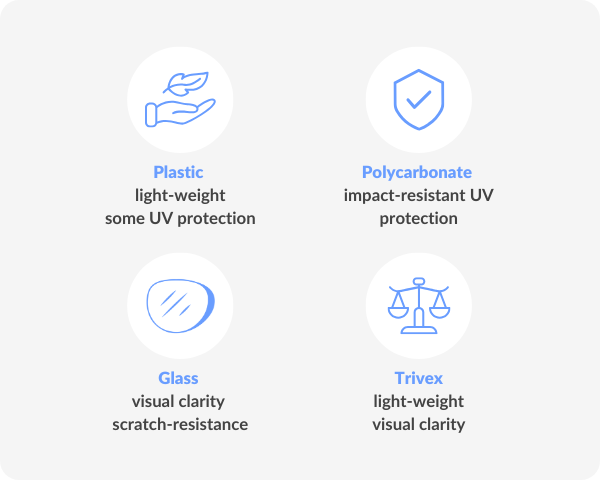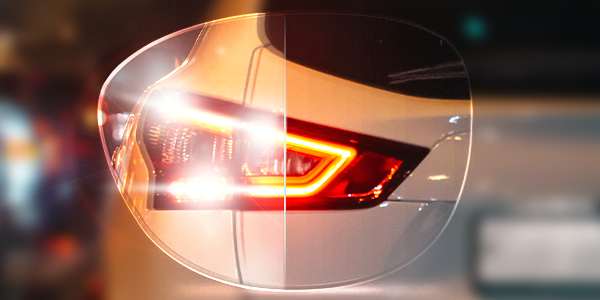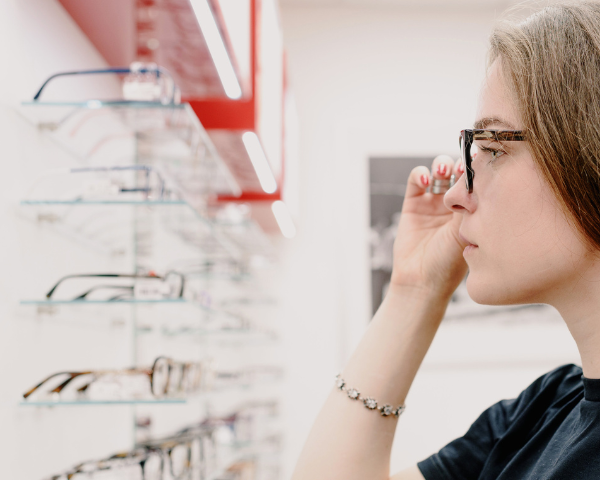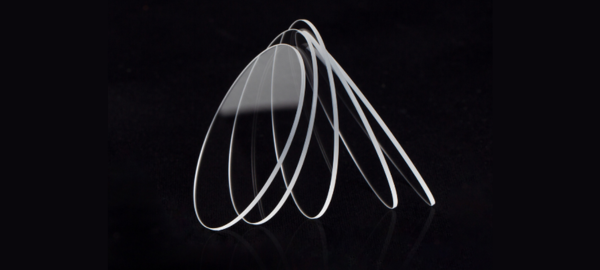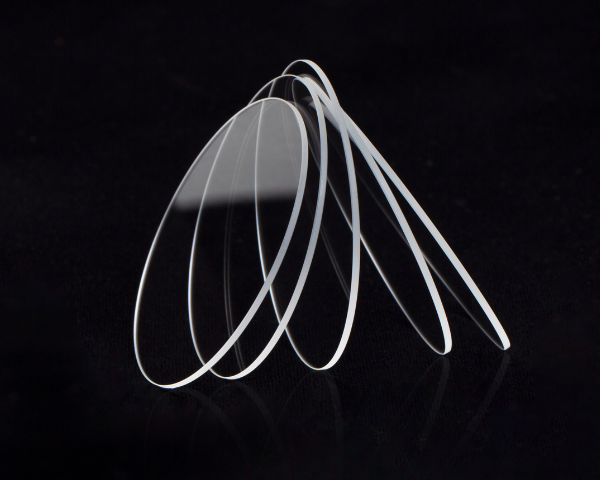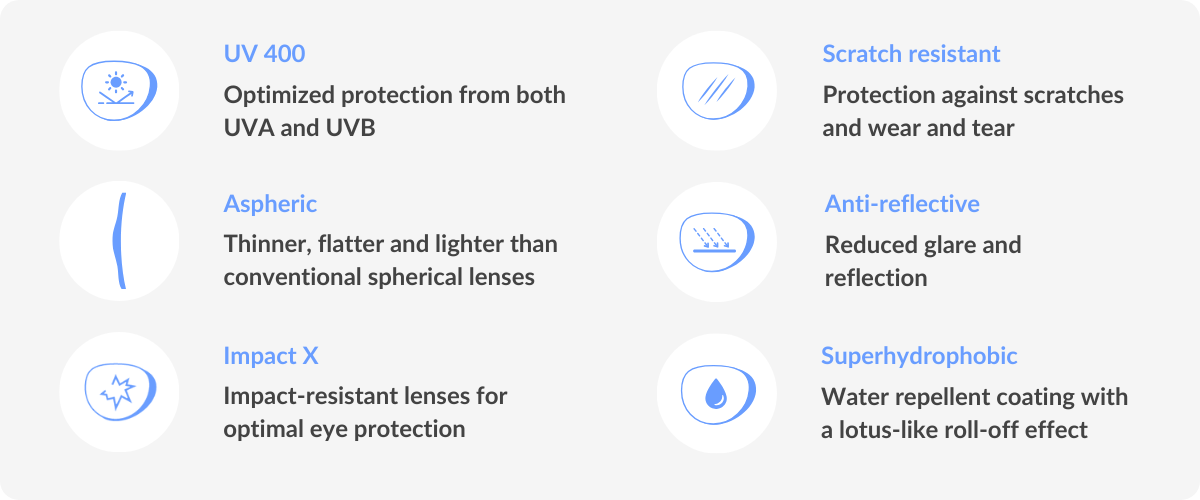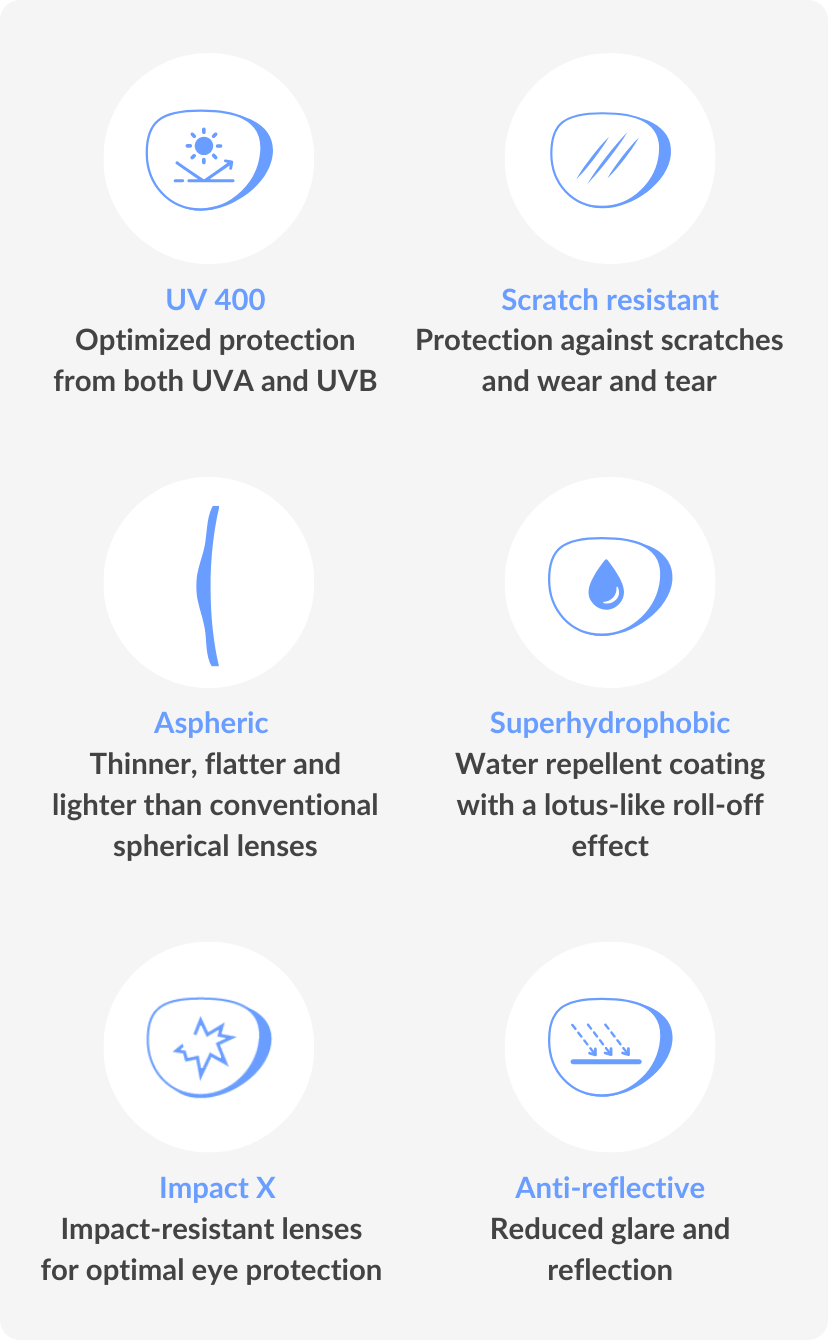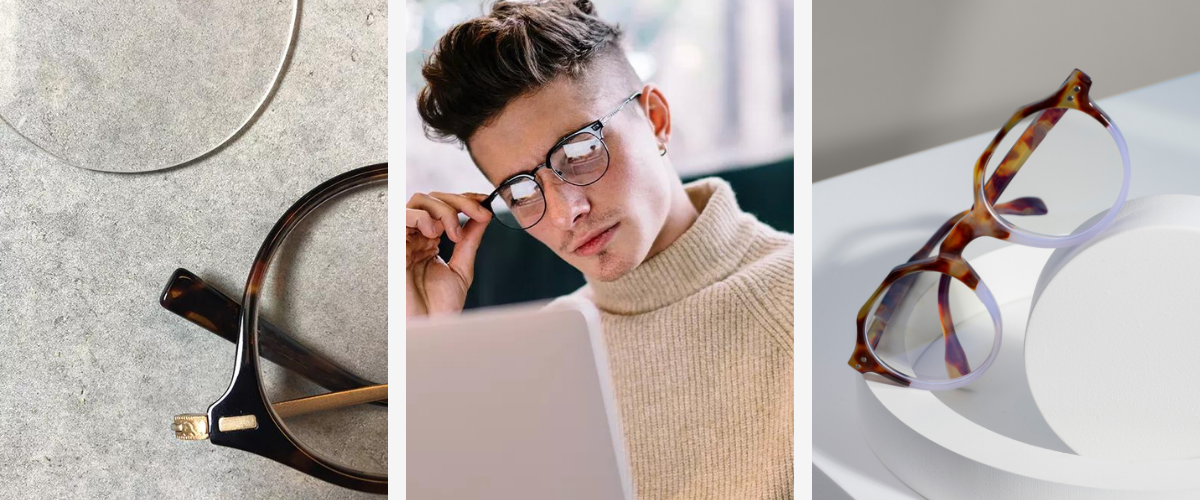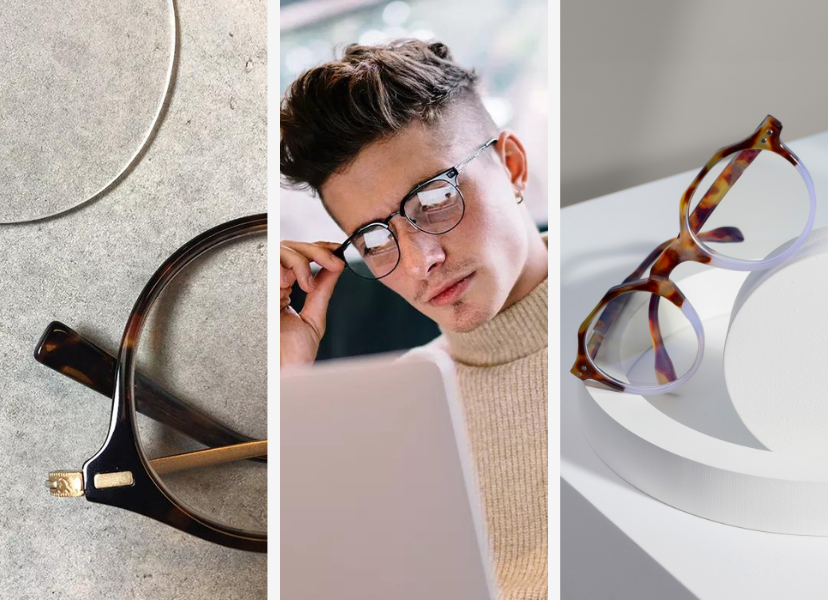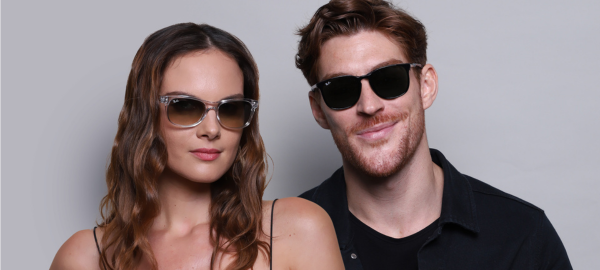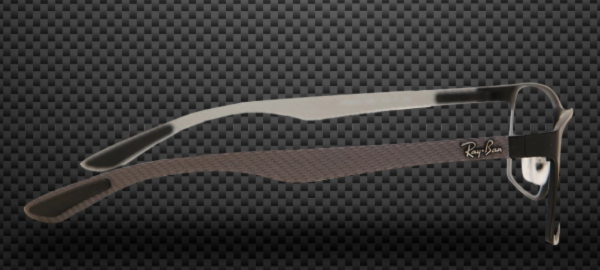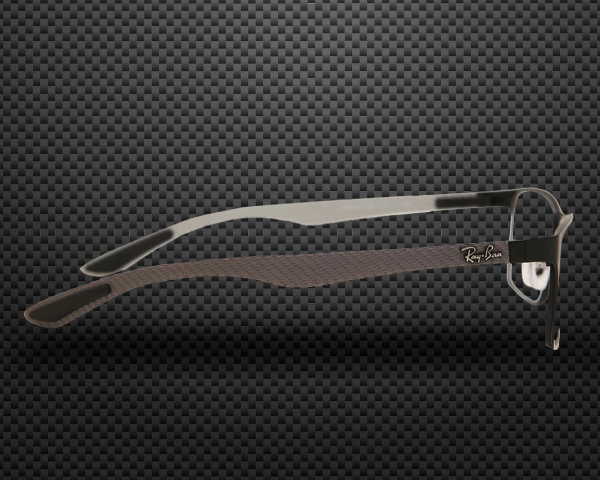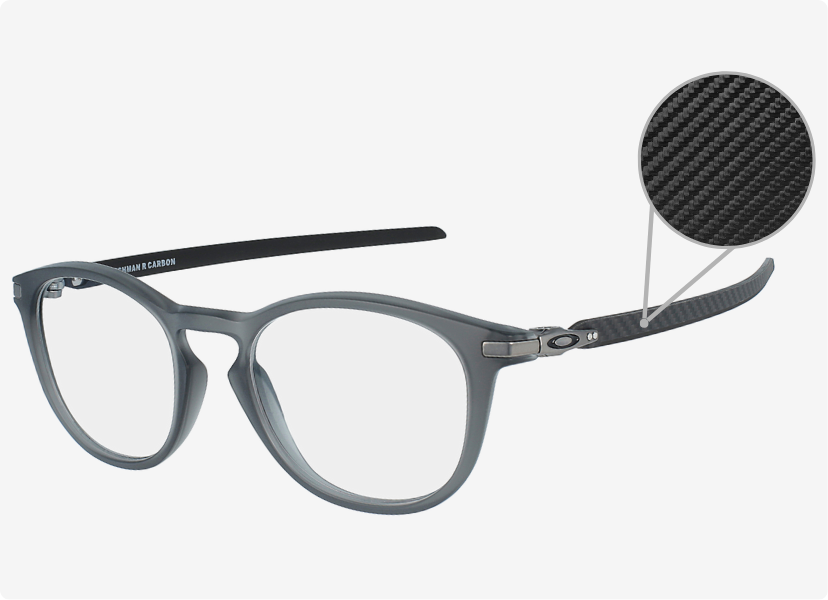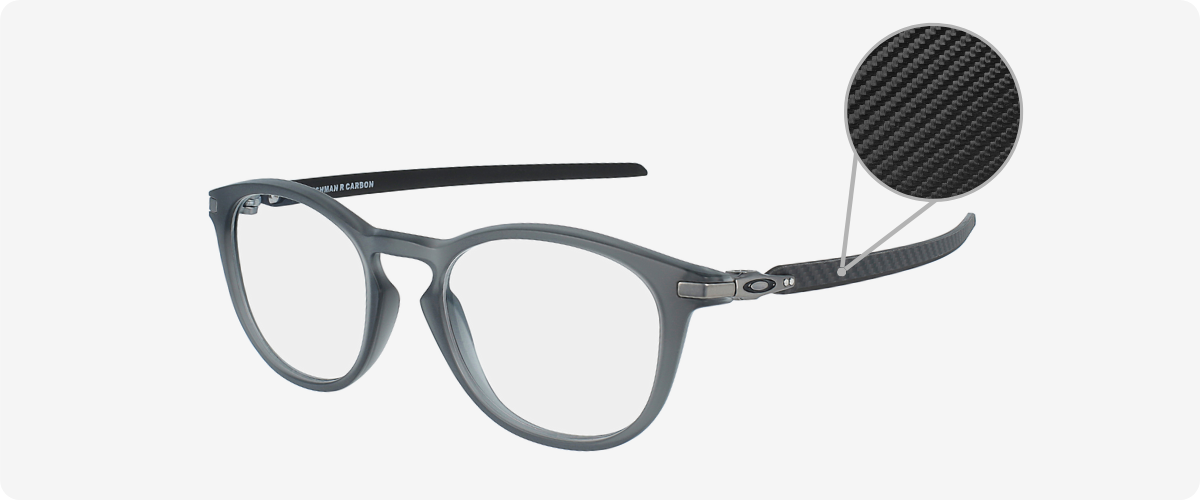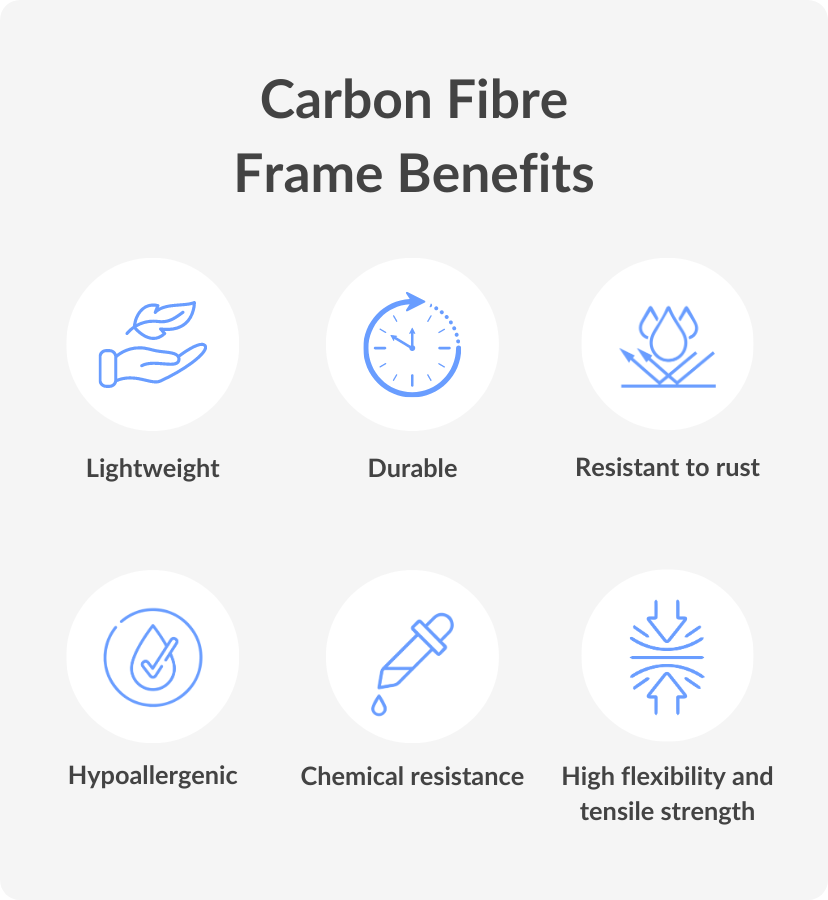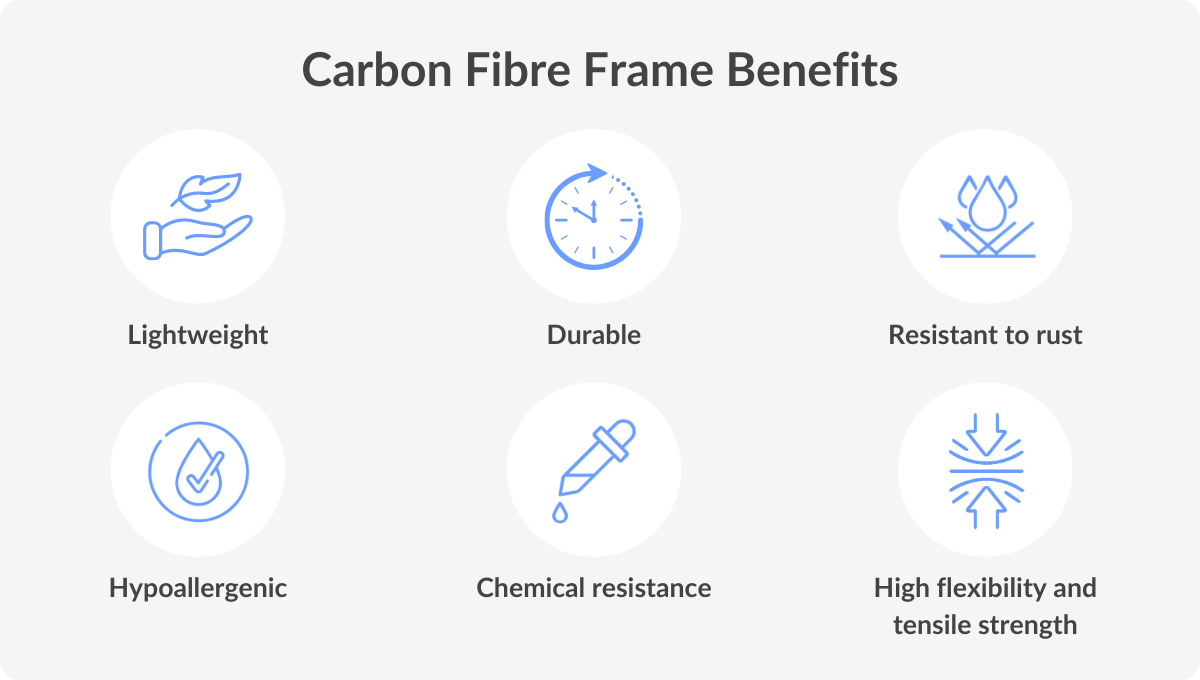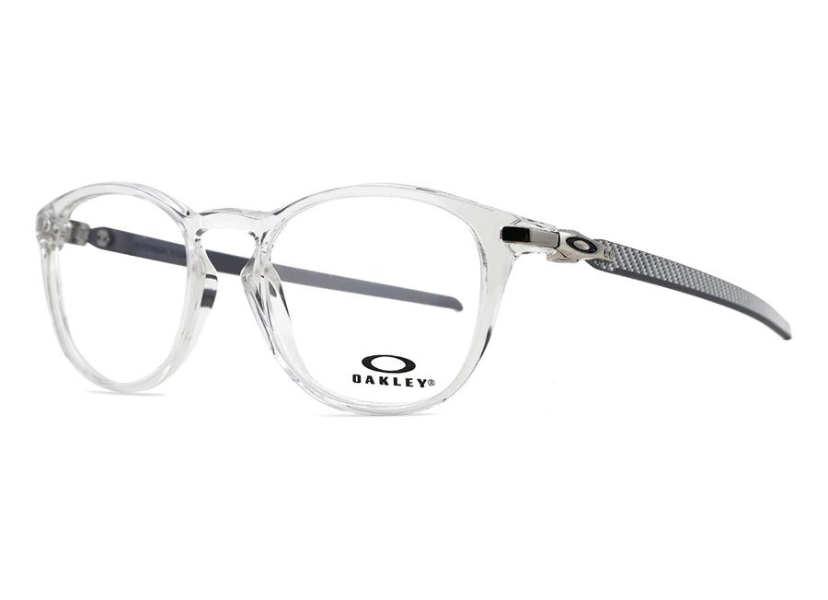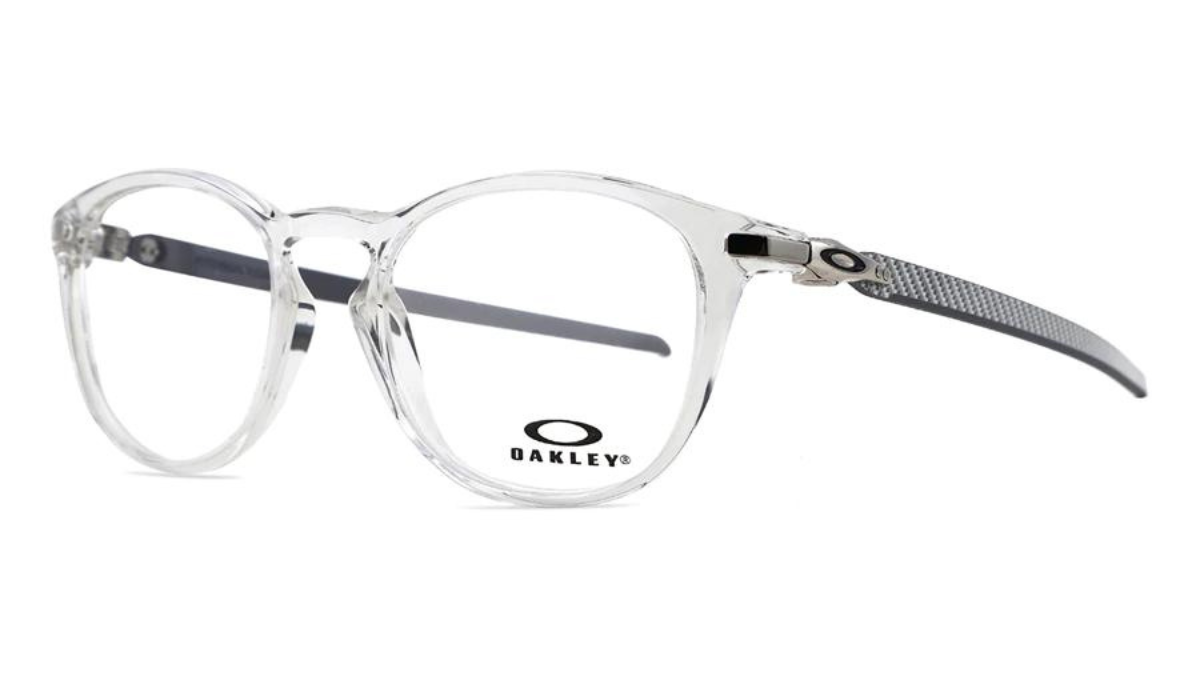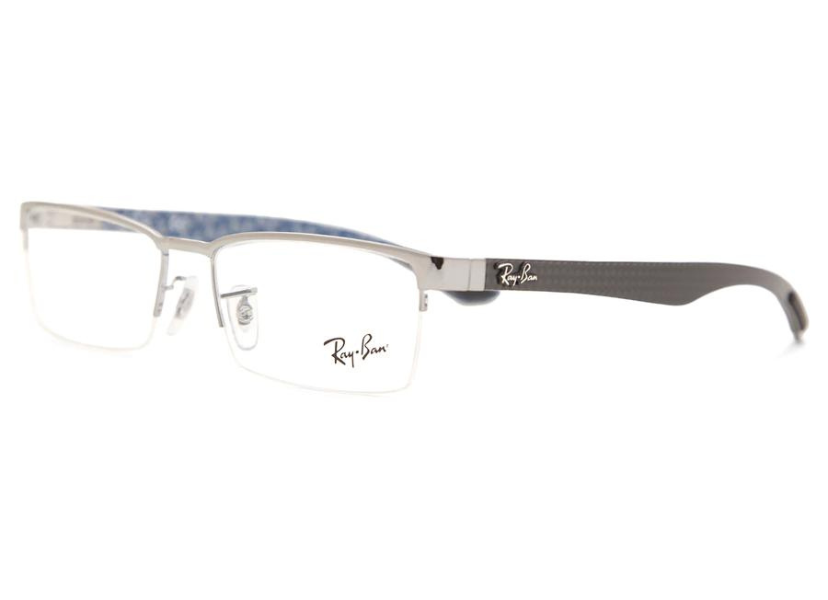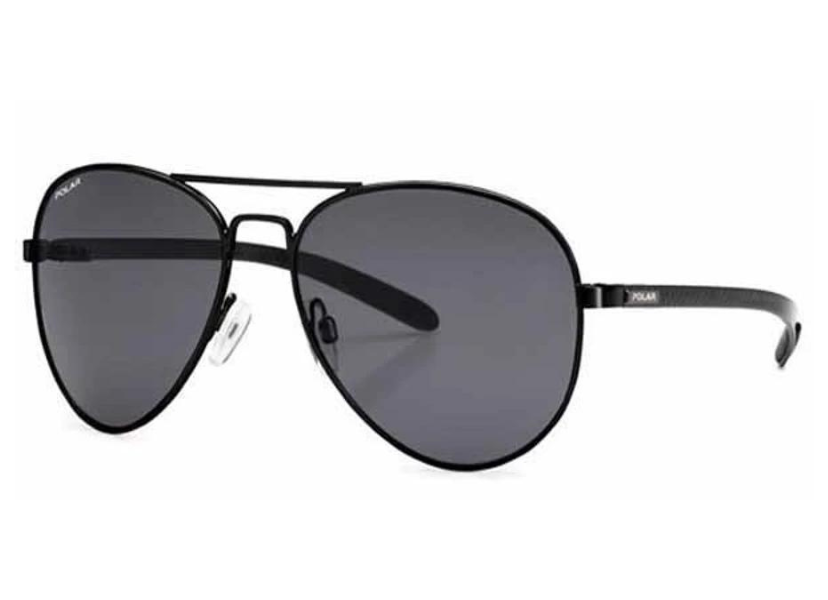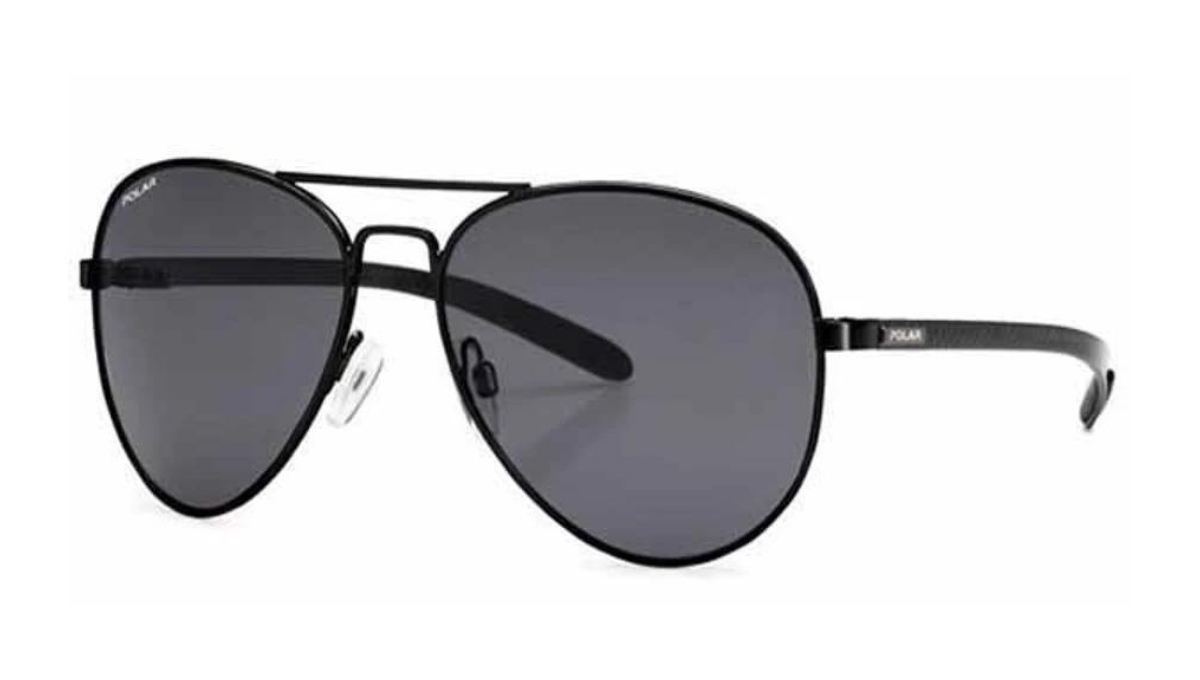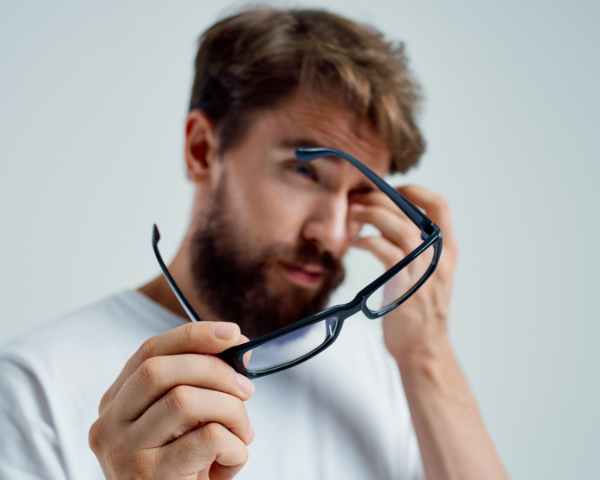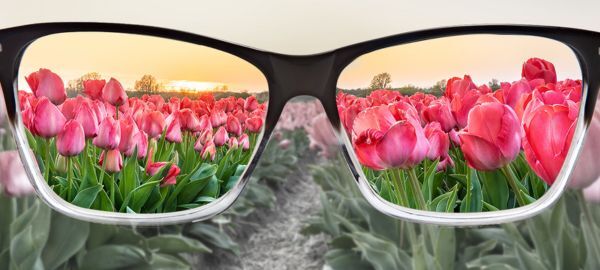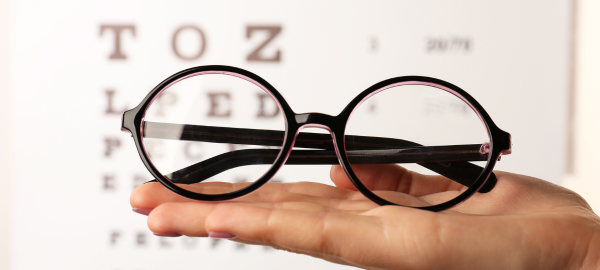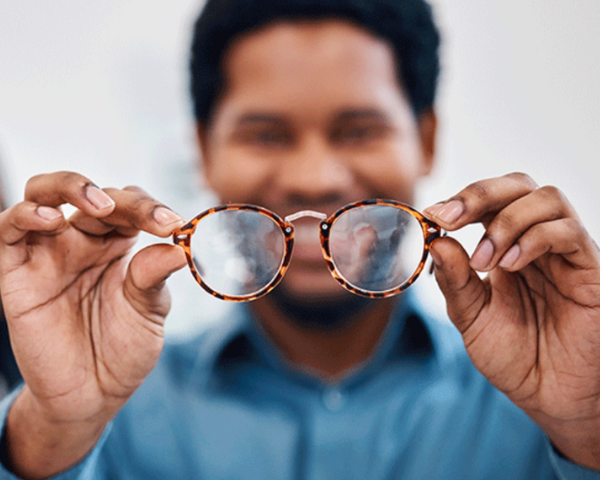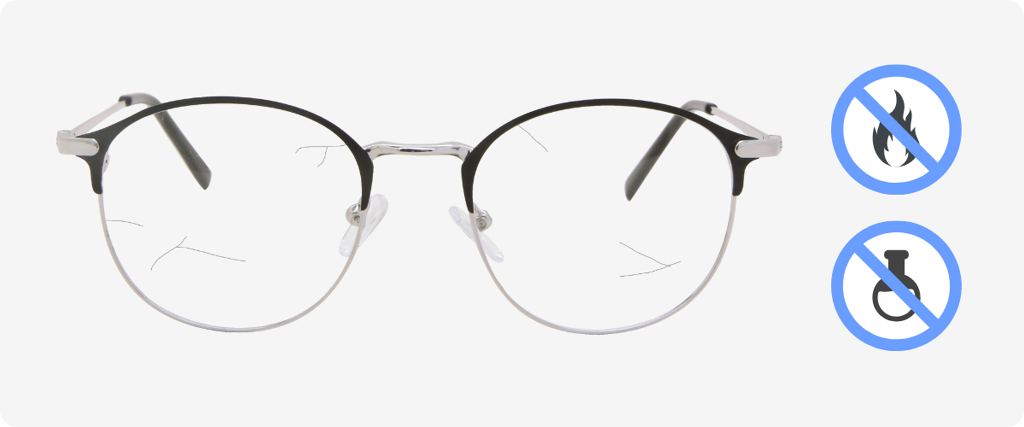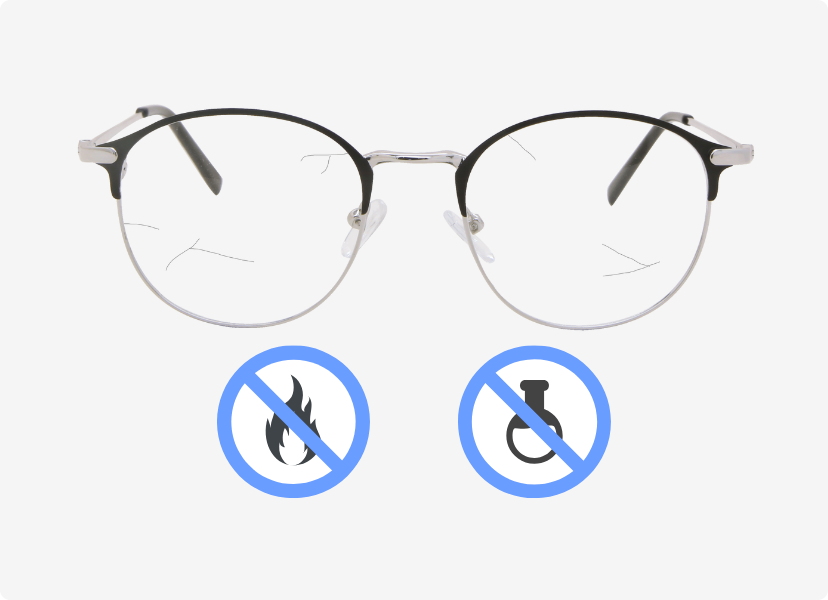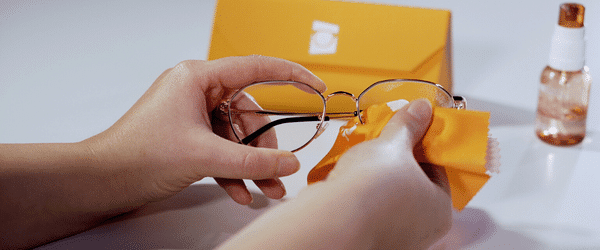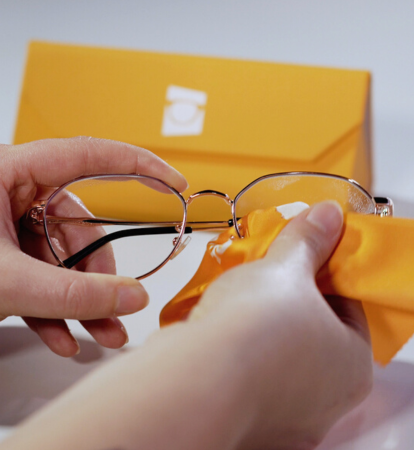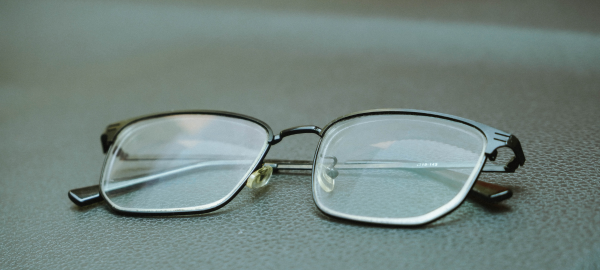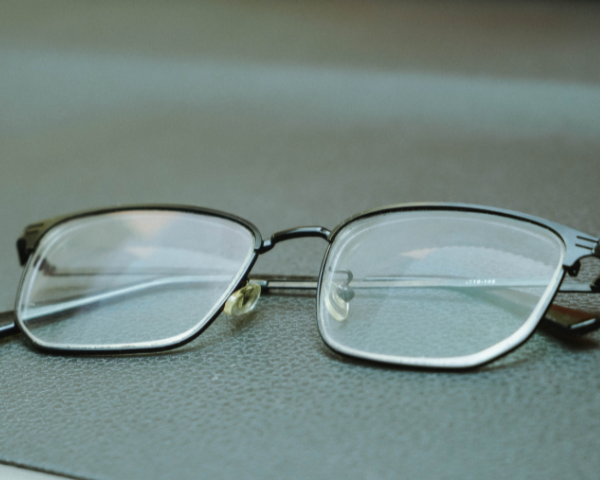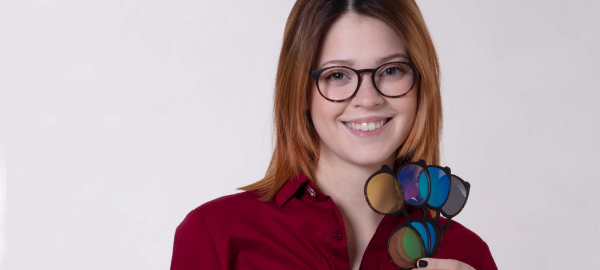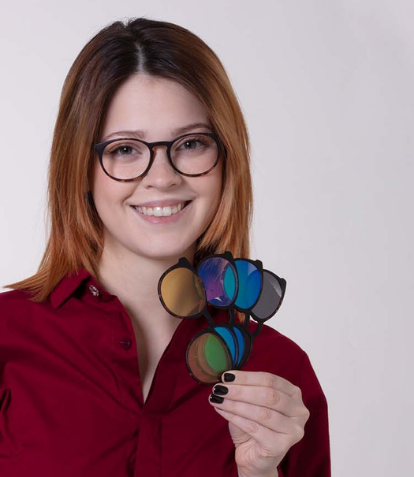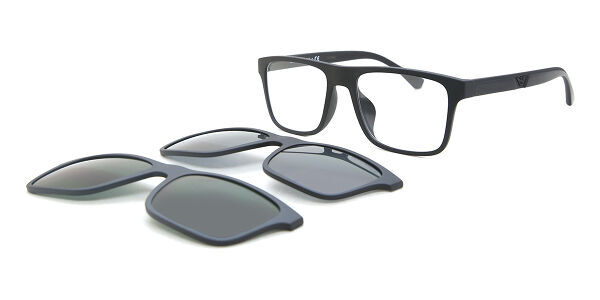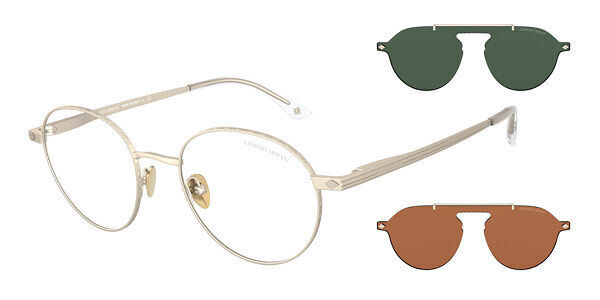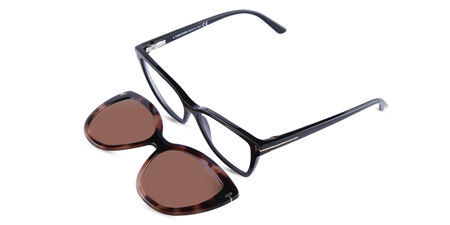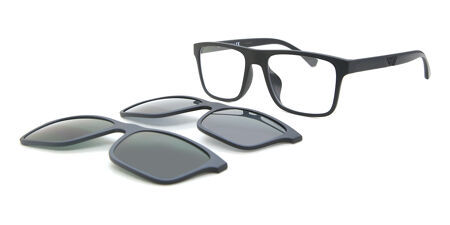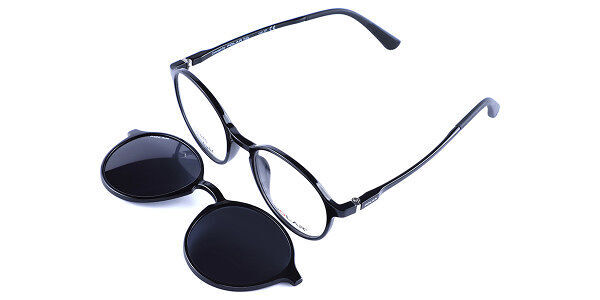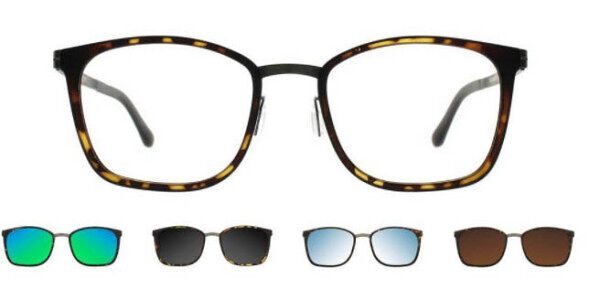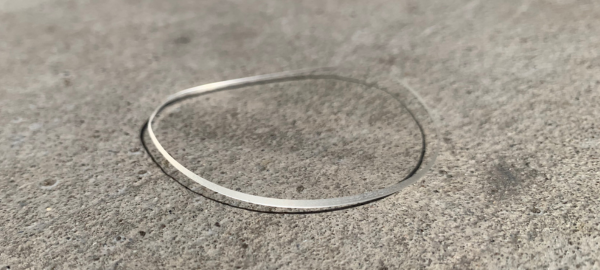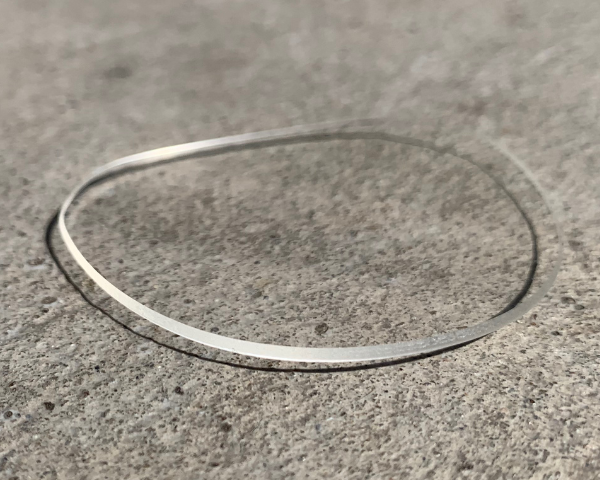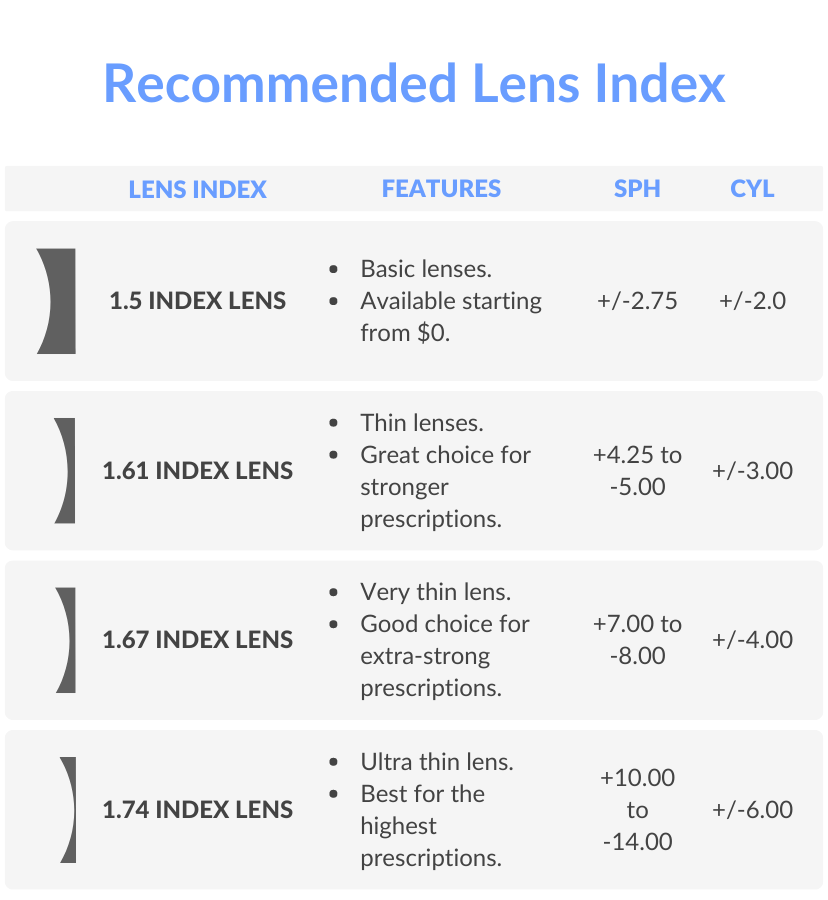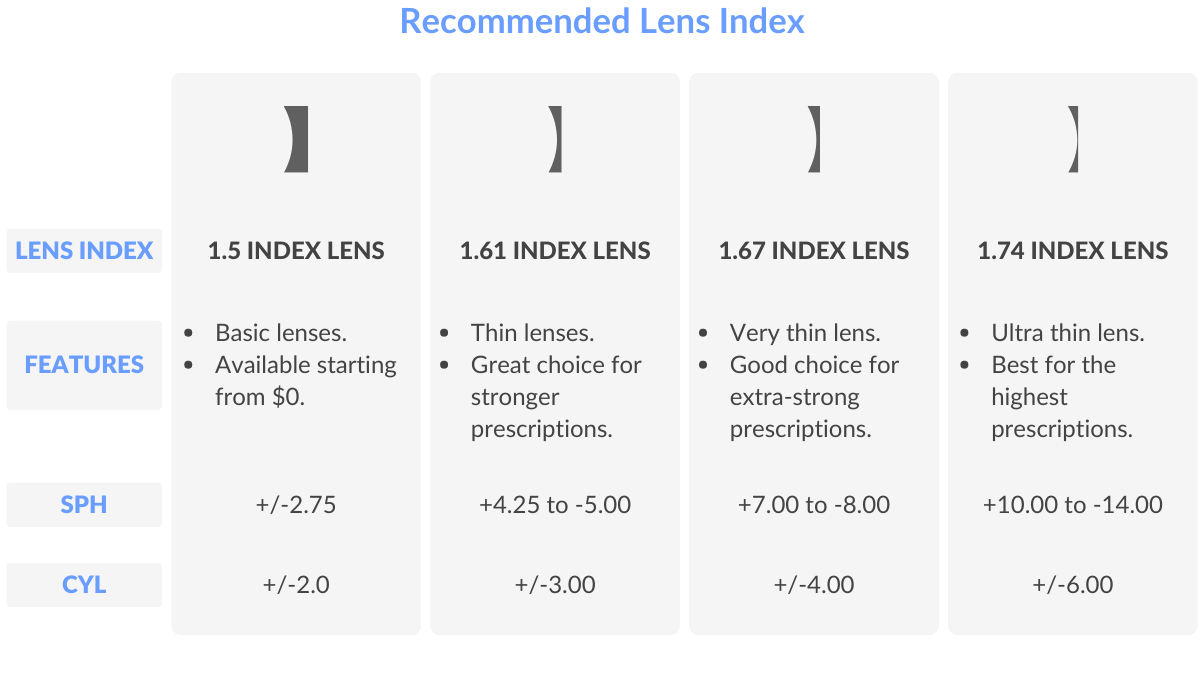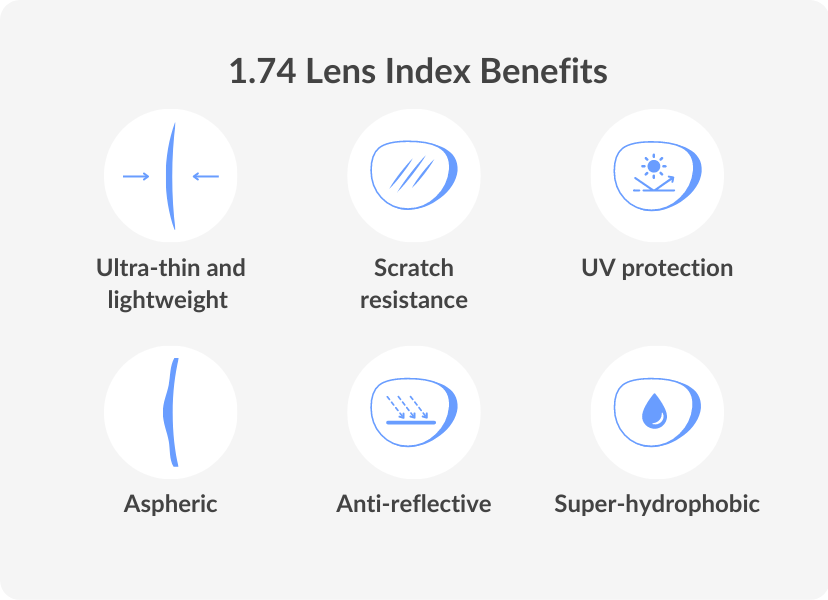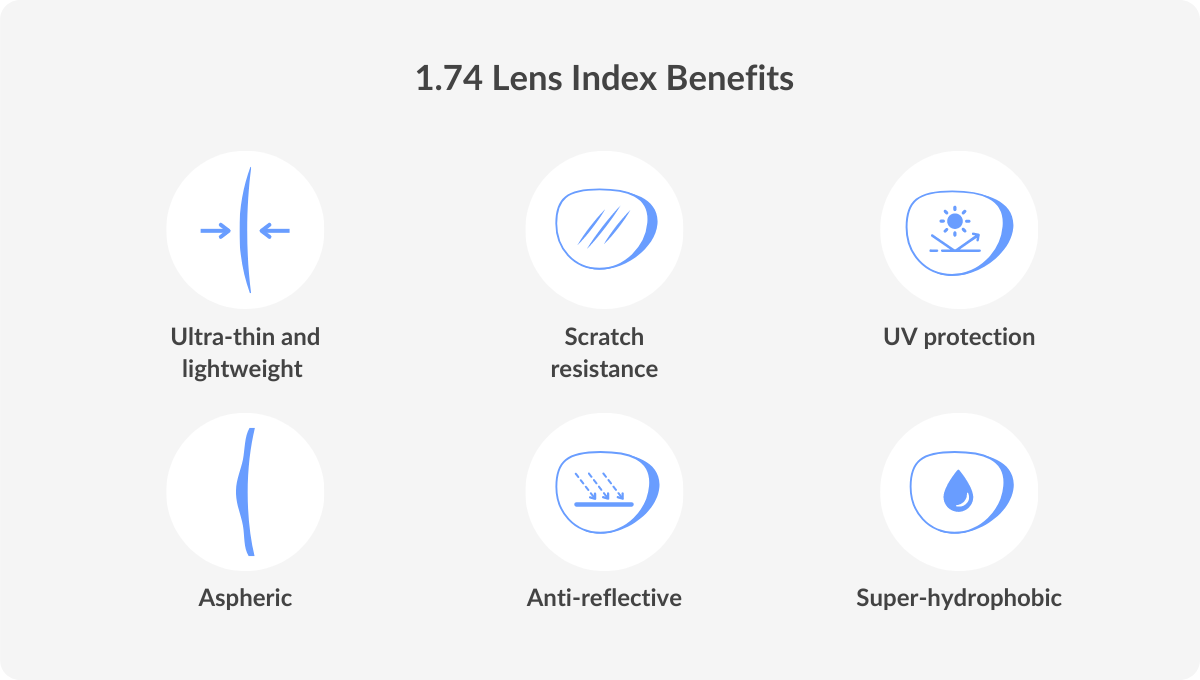What are Plano Lenses?

Reviewed by
Sharlene Mckeeman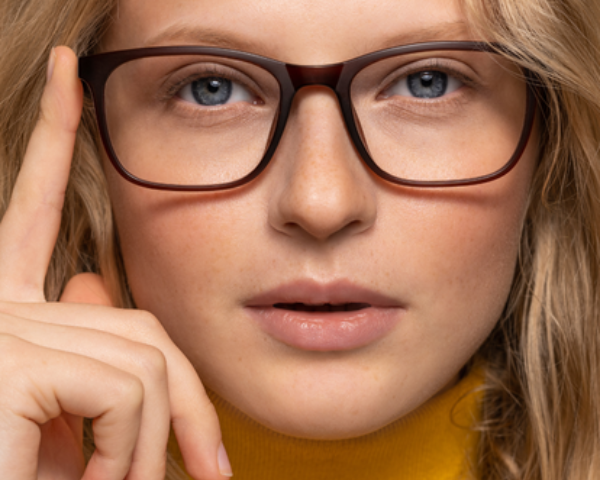
SUMMARY
Plano lenses are eyeglasses lenses that don’t offer any vision correction.
They are generally used for aesthetic, safety and eye health reasons.
Glasses have many benefits, even if you have perfect vision. In this article, we will explain plano lenses, demo lenses, and the difference between plano lenses and prescription lenses. Discover why plano lenses are great for the workplace, sports, or to provide a realistic aesthetic to your look!
What are Plano lenses
Not all glasses require corrective lenses, and when this occurs, glasses can be fitted with two types of non-prescription lenses: demo or plano lenses.
Furthermore, plano lenses are optical lenses that do not have any value power. Therefore, they do not help correct your vision. In the eyewear industry, plano-convex lenses are described as flat and do not refract or focus light through the lens. So if you have blurry vision, see double or can’t read the words right in front of you, then plano glasses are not going to help.
We recommend that you have an eye test to find out if you do not require any prescription to correct your vision. For example, you may need a prescription from your eye doctor to correct astigmatism to improve distance vision (progressive lenses) or you may even need a prescription suitable for reading glasses. If you notice any changes in vision or have not had an eye test with your doctor in two years, we recommend booking an appointment.
What does Plano mean on eye prescription?
The word plano is Latin for ‘flat’, and if this is found in the SPH section of your prescription, it means you do not require nearsighted or farsighted correction. You will know if you require plano lenses if your eye prescription refers to ‘plano’, ‘PL’ or ‘0.00’, found under the sphere box (SPH) measurement section.
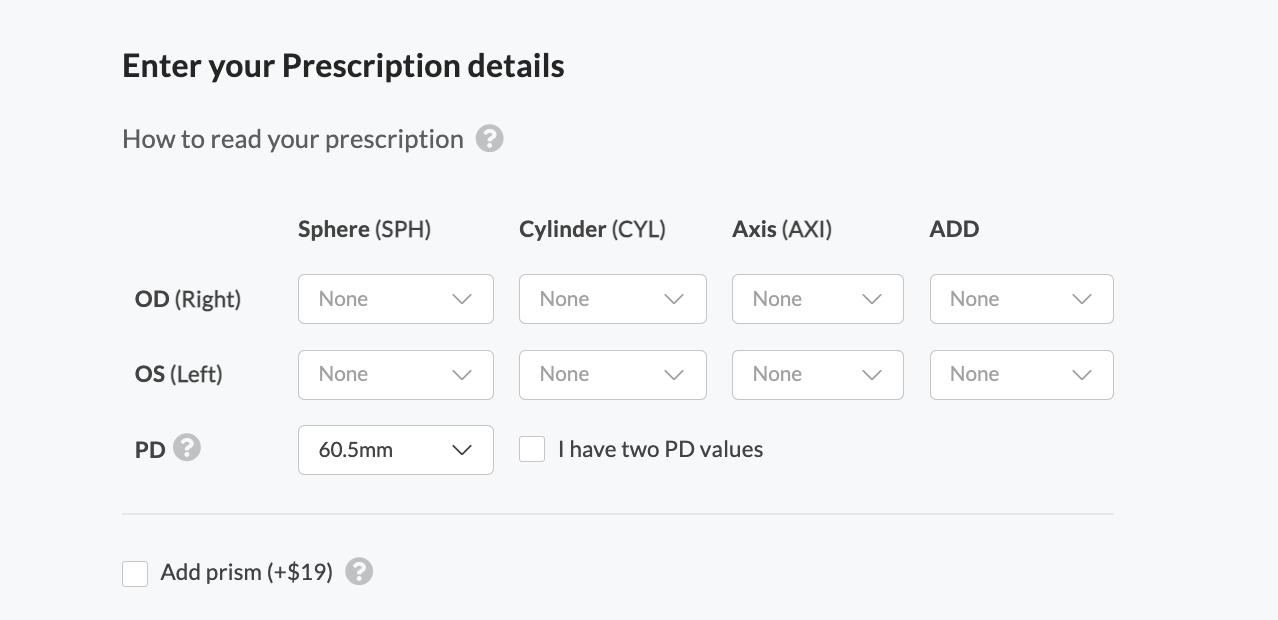
DID YOU KNOW
What are Demo lenses?
Another type of non-prescription is demo lenses, and they are mainly used for demonstration purposes, such as for glasses displays in retail stores. Demo lenses can help you understand what prescription glasses or sunglasses look like before you purchase them.
Plano vs Demo lenses
Plano and demo lenses are not the same and should not be confused. Plano lenses are often made from CR39 lens material and are thicker than demo lenses. In addition to this, extra protective lens coatings can be added to a plano lens that can’t be added to demo lenses, like the following:
- Anti-scratch coating
- Blue light filter
- Tinted lens coatings
Demo lenses are thinner, do not have any additional lens coatings, and sometimes also have printed brand labels on the lens. They are like a simulation of what the glasses can look like.
What are Plano lenses used for?
The various reasons why you’d want or need to wear plano glasses are:
- Aesthetic reasons: If you’re looking to change up your look, make a fashion statement, or add the finishing touch to your outfit, you might opt for plano lenses. They can be helpful in boosting a look or helping to frame an outfit without any vision correction.
- Safety reasons: In many workplaces, companies have to follow protective eyewear regulations to help prevent eye-related injuries. Safety glasses can help protect from hazardous elements such as chemicals. During the working day, you can also protect your eyes from glare or blue light emitted from digital devices with blue light glasses. Once you have chosen a pair of glasses you like, you can add blue light to them.
- Eye health issues: If you are blind in one eye or suffer from eye health issues, you may benefit from protecting your eyes with plano lenses.

Do you need Plano lenses?
If you are looking for eyewear for any of the reasons mentioned previously, then you may need plano glasses.
You can wear any style of glasses or sunglasses with plano lenses and benefit from protective lens filters, such as UV protection. Plano lenses in glasses can also serve as protective eyewear, whether or not you need vision correction or prescription lenses.
You can even find plano contact lenses. So what does plano mean in contact lenses? Plano contact lenses are the same as plano in glasses; they do not help correct visual impairments. Usually, plano-coloured contact lenses fall into this category of non-prescription contacts that people wear mostly for cosmetic purposes.
Wear Plano glasses
Don’t need prescription glasses but still want to benefit from the trends, styles and protective lens coatings that eyeglasses and sunglasses provide? Plano lenses are what you are looking for.
Eyewear with plano lenses does not have any power values for vision correction and can also be used as PPE (personal protective eyewear). Whether you need to protect your eyes at work, on holiday or simply want to look fashionable, you can try to wear plano lenses. You can find a variety of eyewear with quality protective filters to help correct vision or improve your look with SmartBuyGlasses.
We recommend visiting your local optometrist for an up-to-date prescription to ensure you do not require single-vision lenses or progressive lenses with corrective power. If you need some quick advice, contact our online optician!
Related articles

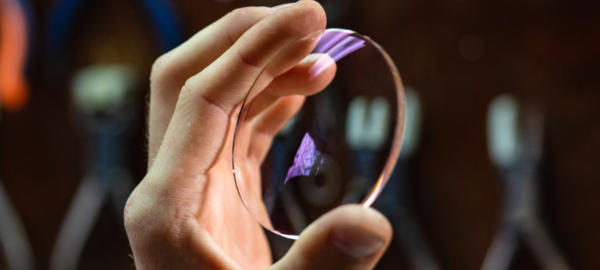
Related articles







































